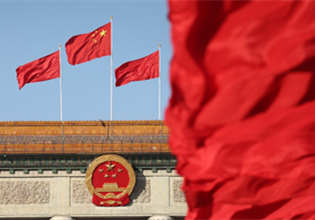Inner Mongolia provides $870 million for poverty reduction
In 2016, the annual budget for poverty reduction in Inner Mongolia autonomous region rose to 5.79 billion yuan ($870 million), a year-on-year increase of 21 percent, according to the local finance department.
Within the funding allotment, China’s Finance Ministry has allocated 1.98 billion yuan, a yearly growth of 459 million yuan, the highest amount ever. The regional financial investment for aiding the poor has reached 1.87 billion yuan, and the rest of the funds come from local counties, banners, and leagues, a total of 1.94 billion yuan.
As the first year of the 13th Five-Year Plan (2016-2020), the Inner Mongolia Finance Department is following the national and regional policies on poverty alleviation, and around 2.25 billion yuan has already been granted to the poor.
The poverty reduction program targets at a series of projects. First, the funds are used for improving the living condition in rural areas, covering road construction for convenient transportation, the establishment of reservoirs for clean drinking water alongside irrigation, sewage treatment plants for ecological protection, and many other projects.
Second, the government boosts the development of local industries, particularly organic farming, livestock product processing, and Mongolian-style tourism. Thus, more jobs will be created and the local economy can sustainably increase.
Also, the funds are used to improve education in poor areas, such as the construction of school infrastructure, living subsidies for underprivileged boarders, free tuition policy for those in need, vocational schools, and more.
Finally, funds will be invested in basic health care and medical services in less-developed regions, subsidizing medical insurance, reimbursement of medicine and operation costs, and increasing the living allowance of rural doctors.
Despite economic stress, the funds for the underprivileged should not shrink but keep the pace with the 12th Five-Year Plan (2011-2015), claimed the regional finance dept.



 Print
Print Mail
Mail





